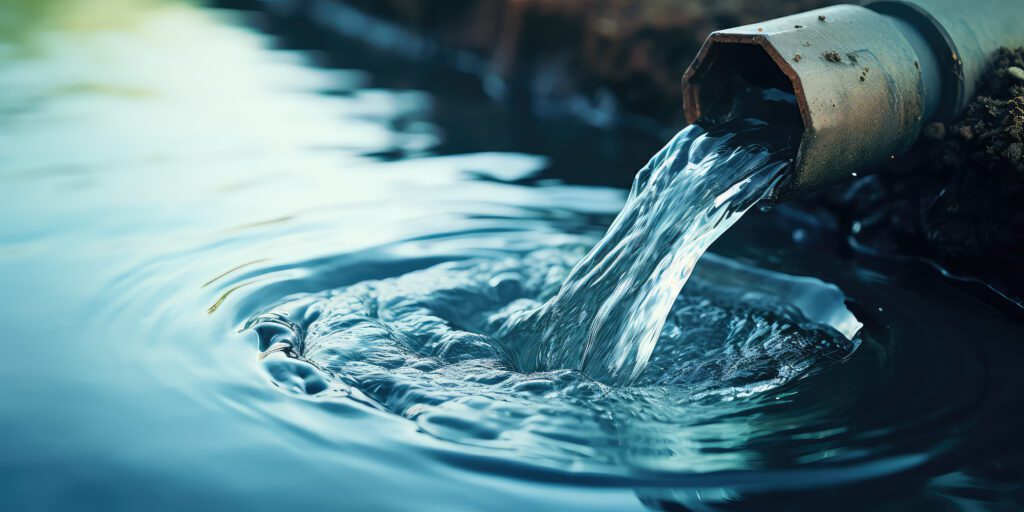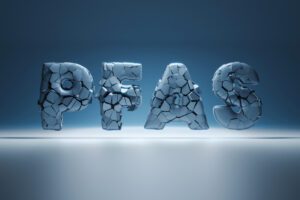Stormwater runoff is generated from rain and snowmelt that flows over land or impervious surfaces, such as streets, parking lots, and building rooftops. Along the way, it picks up pollutants such as chemicals, oils, and sediment that can harm our waterways. To protect these resources, facilities use stormwater controls, known as best management practices (BMPs) to filter out pollutants and prevent pollution by controlling it at its source.
What Is Stormwater Management?
Stormwater management is crucial for protecting our environment from the pollutants carried by runoff after rain and snowmelt events. Effective stormwater management practices not only preserve the quality of our water bodies but also contribute to the overall success of a facility’s operations. The following practices can improve your company’s stormwater compliance plan.
Best Practices for Stormwater Management
The first step toward effective stormwater management is identifying and establishing BMPs that are appropriate for your facility’s operations. Key measures may include implementing employee training programs, drafting an operations and maintenance manual, or developing structural systems to treat polluted runoff. Your facility may need to implement multiple BMPs to ensure all area of stormwater runoff are addressed.
1. Establish Good Housekeeping Practices
Good housekeeping practices are designed to maintain a clean and orderly work environment. This will reduce the potential for chemical or waste materials to come in contact with stormwater. Good housekeeping practices may include:
- Waste Management: Cover dumpsters, organize storage areas, sweep pavement and traffic areas, and regularly dispose of waste.
- Storage: Designate storage areas for tools, equipment, and chemicals. Ensure materials are properly covered and kept away from traffic areas.
- Spill Response: Act immediately to contain, clean up, and report spills. Sweep up and properly dispose of spent and contaminated absorbents right away.
2. Structural Controls
Implementing structural controls effectively manages runoff by regulating flows and controlling pollutants. Structural controls include:
- Drainage Systems: Establish systems to facilitate the exit of all stormwater runoff from drainage areas, either through natural sloping or storm drain conveyance systems.
- Secondary Containment: Utilize secondary containment measures, such as spill pallets, the building structure itself, and spill response materials, as an additional defense against leaks or spills of oil, wastes, and other liquid substances.
- Erosion Prevention: Install appropriate erosion and sediment controls in areas with disturbed soils to capture and filter sediment.
3. Preventative Maintenance Documentation
Consider developing an operation and maintenance (O&M) plan or manual if your facility doesn’t already have one. O&M plans may include basic elements such as maintenance schedules, inspection requirements, inspection frequency, and description of basic maintenance activities. Additionally, your facility should keep documentation of all on-site maintenance activities. Documentation should include inspection dates, findings, and actions taken to correct deficiencies.
4. Spill Prevention and Response Measures
Pay special attention to high-risk areas where spills could contribute pollutants to stormwater discharges. These efforts may include:
- Regular Checks: Inspect for spills daily and ensure availability of spill control materials to contain, clean up, and report spills and leaks immediately.
- Labeling and Storage: Properly label waste and chemical containers and store them away from equipment traffic routes, storm drains, or other stormwater collection areas.
- Operational Vigilance: Use drip pans where appropriate. Also, be sure to monitor transfer processes to prevent spills during loading and unloading.
Get Support
For help developing best stormwater management practices for your facility or meeting other EHS requirements, contact Tetra Tech’s experts today at [email protected]. We can help you interpret your facility’s requirements and develop BMPs to maintain compliance.






